PDF-NHTSA notes This document has been signed and submitted for publicatio
Author : lydia | Published Date : 2021-08-20
DEPARTMENT OF TRANSPORTATIONNational Highway Traffic Safety Administration ty Administration Nuro Inc Grant of Temporary Exemption for a LowSpeed Vehicle with an
Presentation Embed Code
Download Presentation
Download Presentation The PPT/PDF document "NHTSA notes This document has been signe..." is the property of its rightful owner. Permission is granted to download and print the materials on this website for personal, non-commercial use only, and to display it on your personal computer provided you do not modify the materials and that you retain all copyright notices contained in the materials. By downloading content from our website, you accept the terms of this agreement.
NHTSA notes This document has been signed and submitted for publicatio: Transcript
Download Rules Of Document
"NHTSA notes This document has been signed and submitted for publicatio"The content belongs to its owner. You may download and print it for personal use, without modification, and keep all copyright notices. By downloading, you agree to these terms.
Related Documents

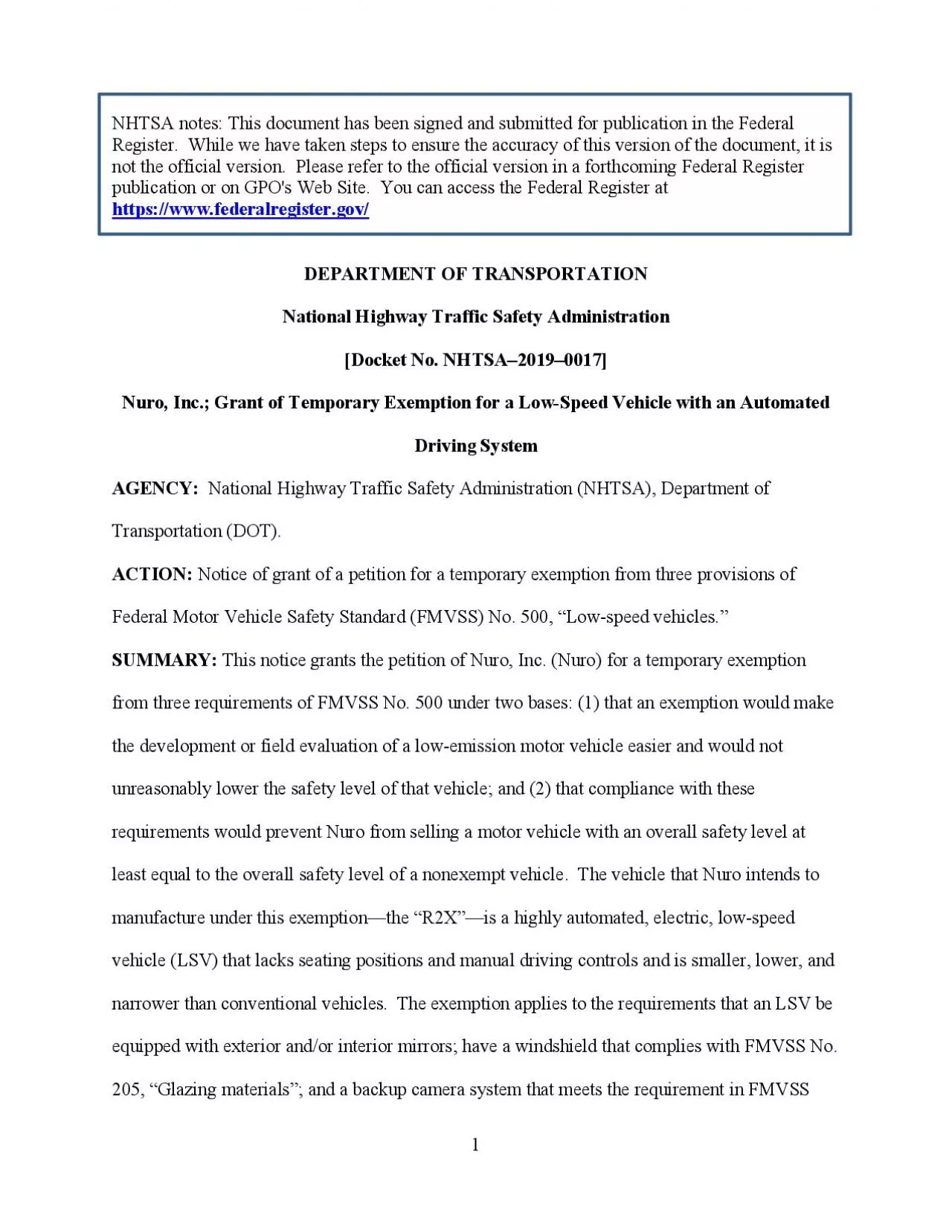
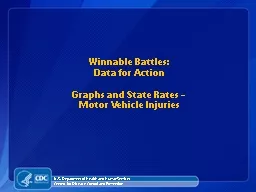


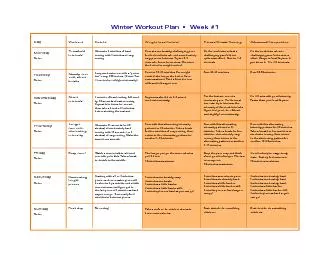


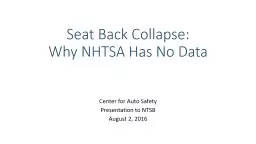
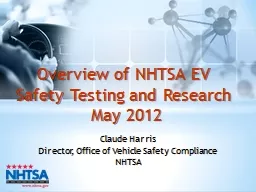

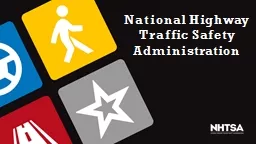
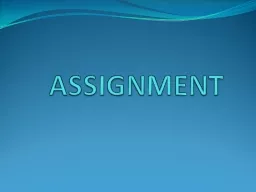
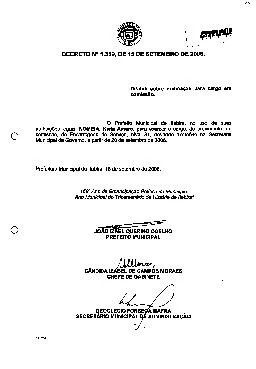
![[EPUB] - Sloth Cornell Notes Notebook: An 8.5 x 11 cornell notes notepad, cornell notes](https://thumbs.docslides.com/907355/epub-sloth-cornell-notes-notebook-an-8-5-x-11-cornell-notes-notepad-cornell-notes-pad-cornell-notes-book-note-taking-notebo.jpg)